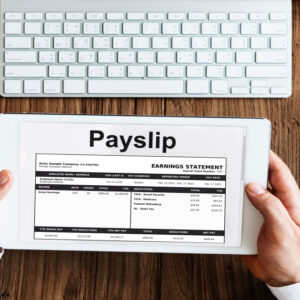For many, the diagnosis of non-alcoholic fatty liver disease (NAFLD) comes as a surprise. There’s no pain, no dramatic symptoms — just a routine check-up revealing slightly elevated liver enzymes or a scan showing fat deposits in the liver. Quiet. Unnoticed. And slowly progressing.
But here’s the empowering truth: NAFLD can be reversed. And the most effective treatment isn’t found in a pill bottle — it’s found in your daily habits.
The Liver: Quietly Carrying the Burden
The liver is a resilient organ. It filters blood, metabolizes fats, and stores nutrients — all while asking for very little in return. But when fat starts accumulating in liver cells without the presence of alcohol, it becomes overworked. That’s what NAFLD is — a silent buildup of fat that, over time, can lead to inflammation, scarring, or even liver failure if ignored.
Fortunately, early-stage NAFLD doesn’t have to follow that path.
A Diagnosis That Doesn’t Have to Define You
Getting diagnosed with NAFLD can be overwhelming. But it’s not a sentence — it’s a signal. A signal that something in your lifestyle may need to shift. And the beauty of it? Those changes are within your control.
There’s no single magic cure, but science consistently shows that sustainable lifestyle changes can significantly reduce liver fat, restore liver function, and improve your overall health.
1. Rethinking Food: Fuel, Not Just Comfort
You don’t need a trendy diet to heal your liver — just a return to balanced, mindful eating. Start by:
-
Prioritizing whole foods: vegetables, fruits, legumes, whole grains, nuts, and lean proteins
-
Cutting back on added sugars and processed carbs — especially sugary drinks and refined flour
-
Incorporating healthy fats like those found in olive oil, avocados, and fatty fish
-
Being mindful of portion sizes, not just food choices
You don’t have to be perfect. Progress matters more than perfection.
2. Moving Your Body, Supporting Your Liver
Exercise isn’t just for weight loss — it directly helps reduce fat in the liver, even if your weight stays the same.
Try:
-
30 minutes of moderate activity (like brisk walking) five times a week
-
Strength training twice a week to support metabolism
-
Choosing movement you enjoy, so it feels like self-care, not punishment
Start small. Even a 10-minute walk after meals can make a difference.
3. Managing Stress, Healing Holistically
Few people associate stress with liver health, but chronic stress can worsen insulin resistance — a key driver of NAFLD. Give your nervous system the same care as your diet:
-
Practice deep breathing, journaling, or meditation
-
Prioritize quality sleep
-
Say no to burnout — your healing depends on rest, not overachievement
4. Understanding Weight Without Obsession
For many, modest weight loss (5–10% of body weight) can result in significant improvements in liver fat. But the goal isn’t skinny — it’s healthy. And healthy looks different for everyone.
So, rather than chasing numbers, focus on how you feel:
-
Are your energy levels improving?
-
Is your digestion better?
-
Do you feel more in tune with your body?
These are the signs that matter.
5. Working With, Not Against, Your Doctor
Lifestyle changes are powerful — but they’re even more effective when done with proper medical guidance. Depending on your condition, your doctor might recommend:
-
Blood tests to monitor liver enzymes
-
Ultrasounds or FibroScan to track liver fat and stiffness
-
Medication in certain cases, particularly if diabetes or high cholesterol is involved
Think of your doctor not as the enforcer, but as a teammate in your healing.
Final Thoughts: The Liver Remembers
The liver is one of the few organs capable of regenerating itself. That means your body wants to heal — and will, if you give it the chance.
NAFLD isn’t just about the liver. It’s a gentle wake-up call to reconnect with your health, your habits, and your body’s signals. Reversal doesn’t happen overnight, but every intentional choice — every healthy meal, every walk, every mindful moment—is a step in the right direction.
Your body isn’t broken. It’s communicating. And now, you’re learning to listen.


